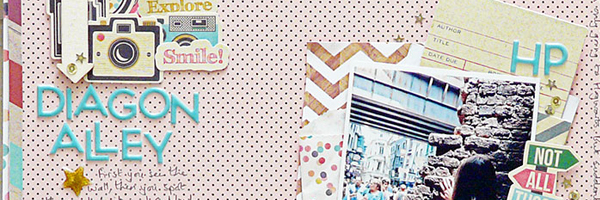
by Debbie Hodge | Oct 15, 2014 | Design Your Story, Picture Your Story
Today we’re oomphing our scrapbook page storytelling by incorporating basic building blocks of the best written stories: character, setting, and plot. 1. Character: The characters are the subjects in your photos, the people you’re sending a message to, or...
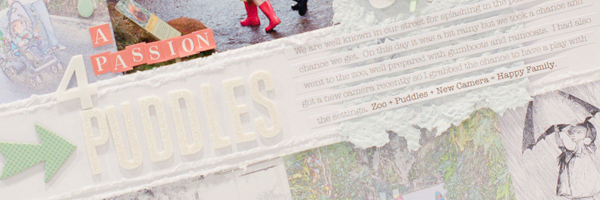
by Debbie Hodge | Oct 8, 2014 | Embellishments, Ideas for Page Elements, Ideas via Product & Technique, Picture Your Story
Free public domain images make great embellishment pieces for telling your scrapbook page stories–especially when you choose them to complement your photos and other page elements. You can find public domain illustrations by searching Google or Pinterest. You...

by Debbie Hodge | Oct 7, 2014 | Photography, Photos, Picture Your Story
The days of regretting a poor photo result are over. Software solutions make it easy to improve that under- or over-exposed, yellowed, or blurry shot. See how the Get It Scrapped Creative Team fixed up their poor photos and got them onto the scrapbook page....
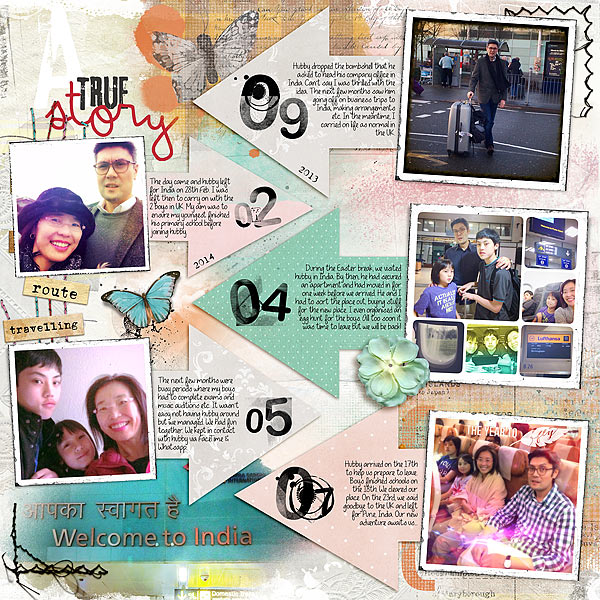
by Debbie Hodge | Sep 16, 2014 | Design Your Story
Graphic approaches to visual storytelling–like Venn diagrams, pie charts, infographics, maps, and timelines–are great for scrapbook pages in which you want to show relationships. Check out these ideas for scrapbook page storytelling with a timeline. [hr]...
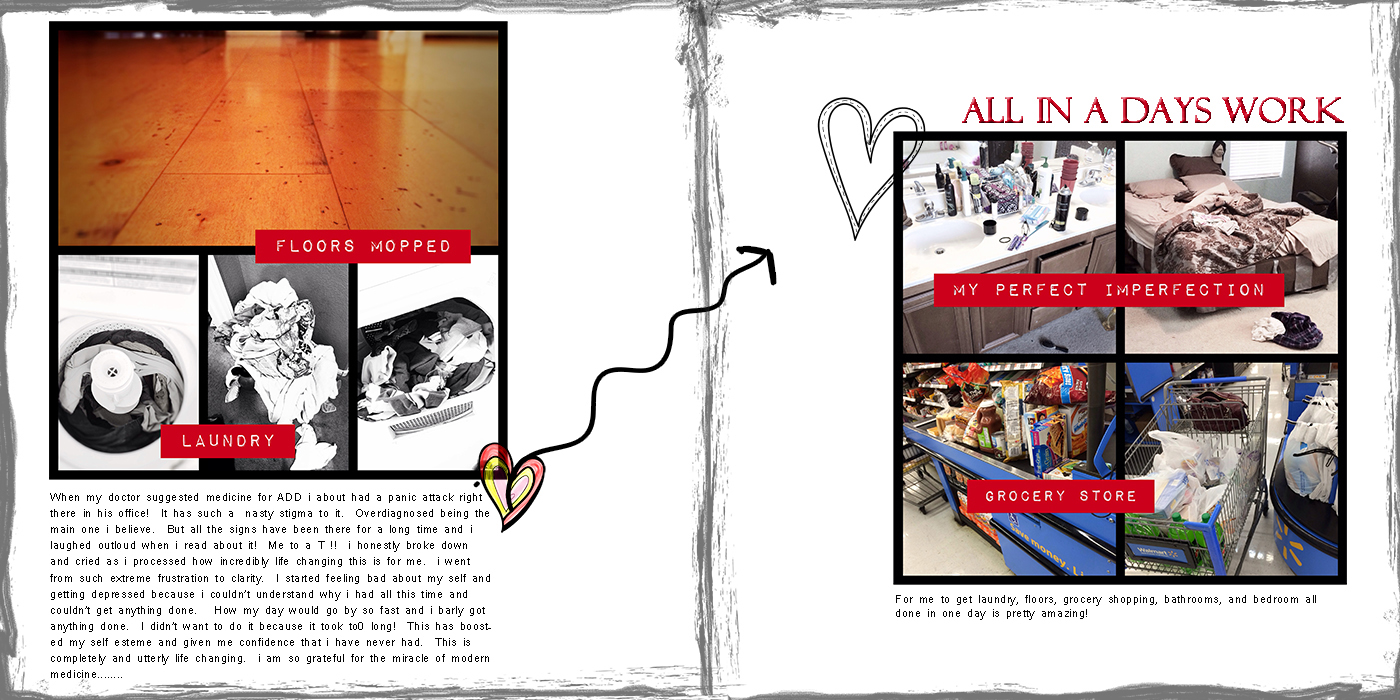
by Debbie Hodge | Aug 20, 2014 | Design Your Story, Picture Your Story, Write Your Story
The story sharing and photo sharing you do on social media can provide a great resource for making scrapbook pages. It means you’ve already identified moments as share-worthy and found photos to represent those moments. You might even have edited and cropped the...
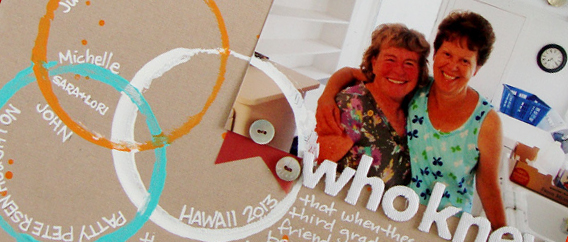
by Debbie Hodge | Aug 13, 2014 | Design Your Story, Finding and Using Inspiration, Ideas Spurred by Design
Scrapbook page storytelling is visual storytelling, so why not turn to currently popular infographic design, including Venn diagrams, for inspiration? A Venn diagram lets you show logical relationships between the elements within sets via visual overlaps. You’re...








